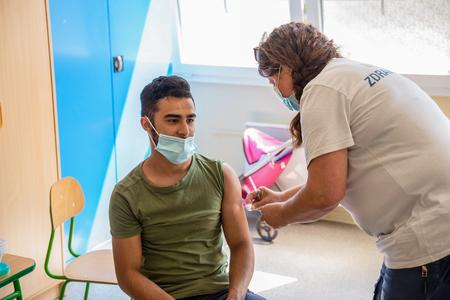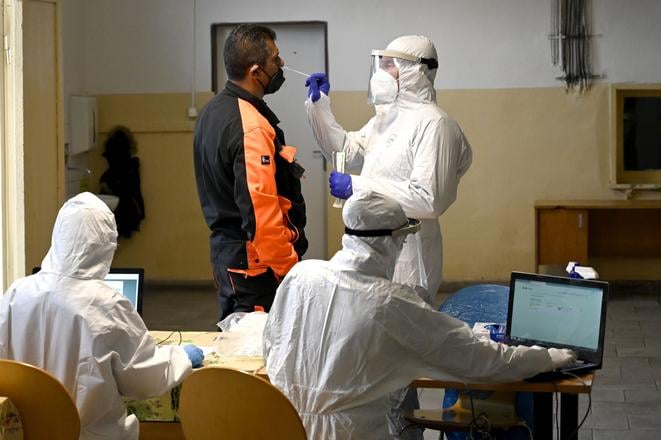The death rate of inhabitants of marginalised Roma communities was double that of the majority population during the second pandemic wave, according to analysts from the Value for Money unit.
Taking into consideration the very low vaccination rate in marginalised Roma communities, analysts assume the third wave of the pandemic has had a significantly worse impact on these communities compared with the EU average.
“Compared to the average in the years 2015 and 2019, the number of deaths of people from marginalised Roma communities grew by 44 percent in 2021 against 21 percent of the majority,” analysts said.
Younger population
Inhabitants in marginalised Roma communities are concurrently younger than the majority population. If the rate of elderly in the age group above 60 in this population were similar to the majority, the number of deaths would triple, analysts say.

The deaths are the result of a significant mass infection that has reached at least 30 percent of the population in the marginalised Roma communities, according to estimations.
The vaccination rate of people from marginalised Roma communities is even lower than among the general population which still lags behind the EU average with some half of the population being vaccinated.
Lower vaccination rate
“Villages with the highest population rate in the marginalised Roma communities have a significantly lower vaccination rate,” the analysts claimed.
For example, the vaccination rate drops to two-thirds of the vaccination rate of the general population in villages made up of more than 30 percent of people from marginalised Roma communities. When taking into account the significantly higher proportion of the population under the age of 18, the vaccination rate of the adult population is only about 20 percent.

To improve the situation, the Value for Money unit recommends supporting and streamlining mobile vaccination units for the vulnerable directly in municipalities with marginalised Roma communities. Community quarantine should be replaced with targeted interventions in cooperation with health intervention teams. Analysts add that experts on the health of socially vulnerable groups should be systematically involved in the creation of pandemic measures.



 Illustrative stock photo (source: TASR)
Illustrative stock photo (source: TASR)